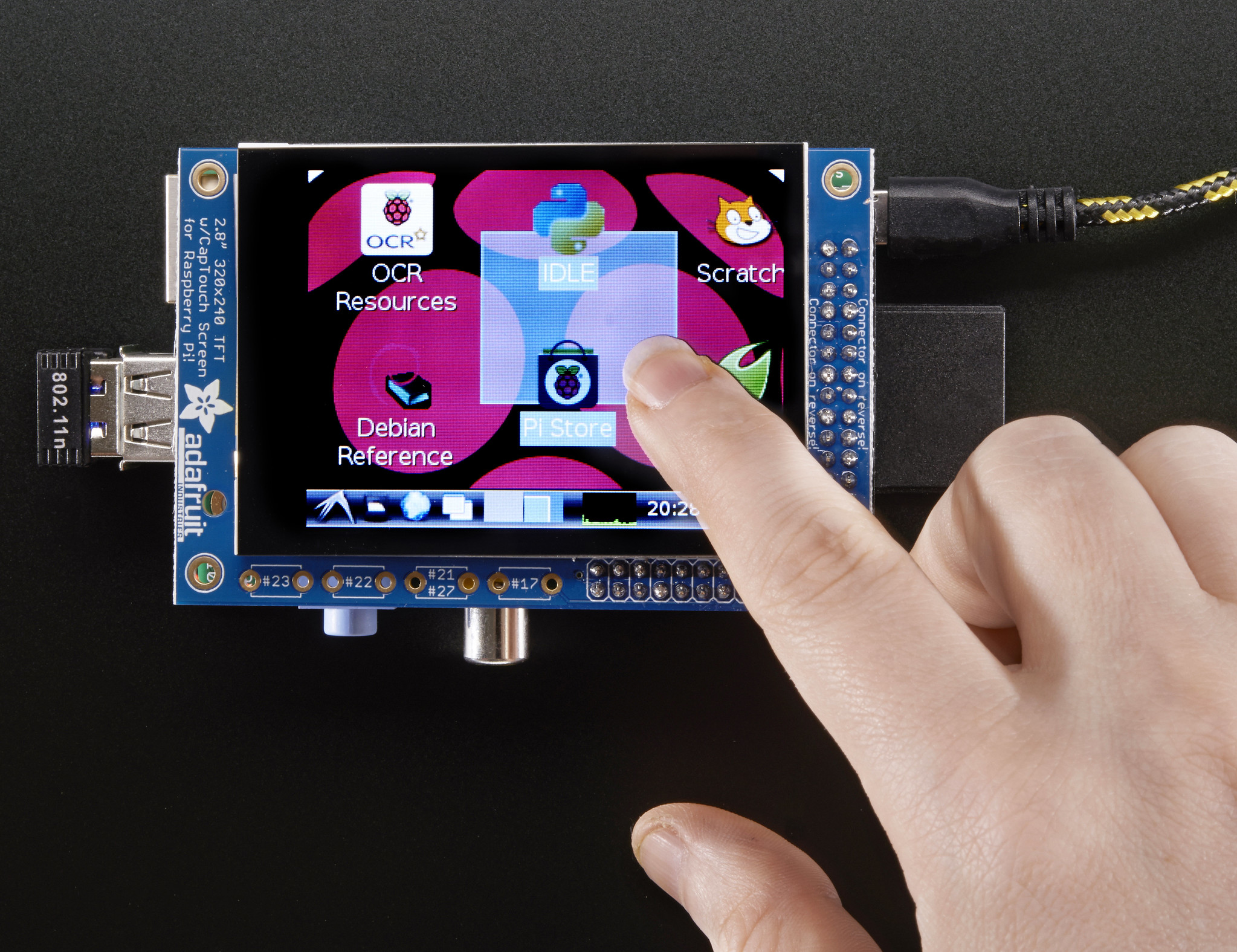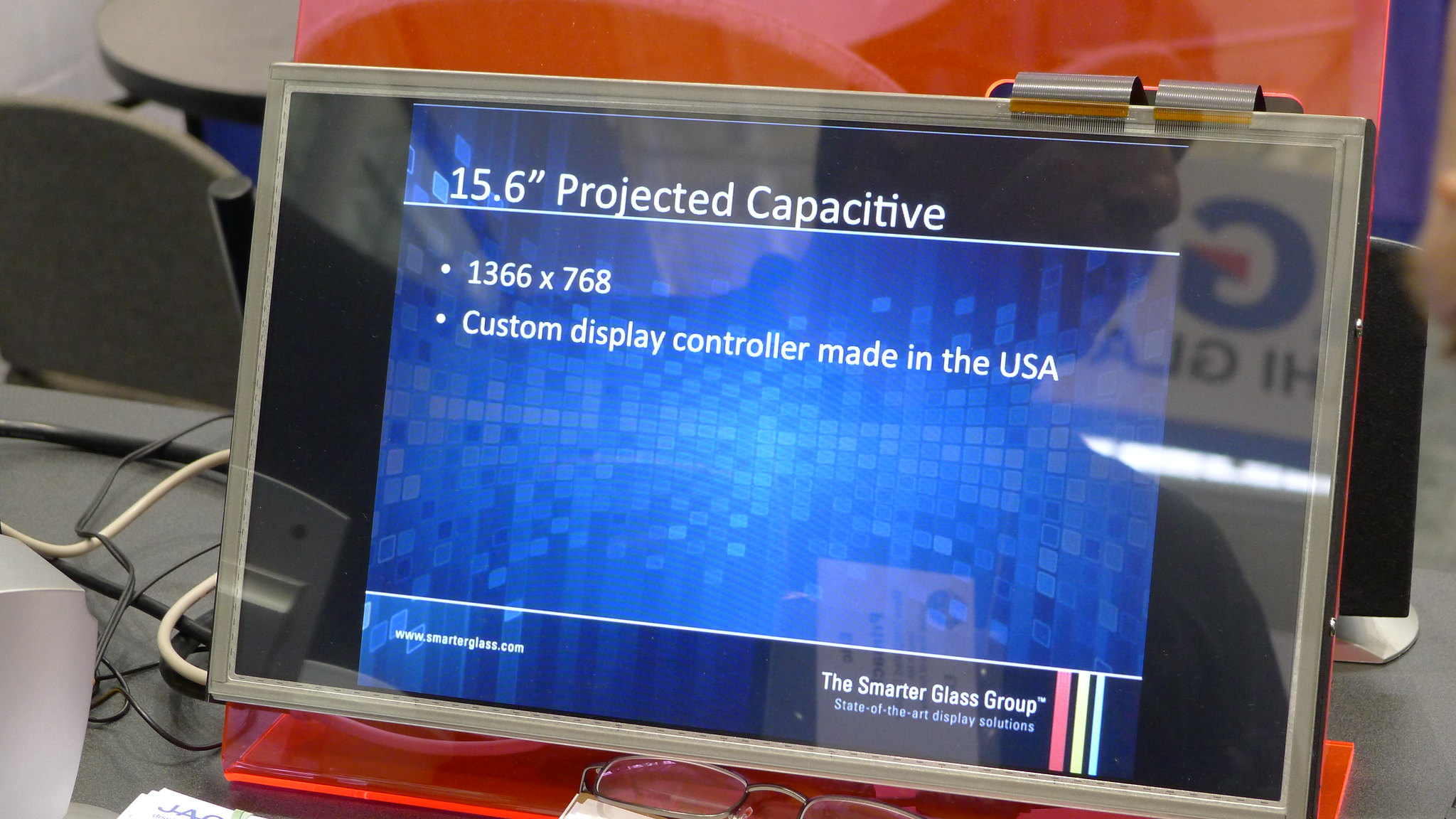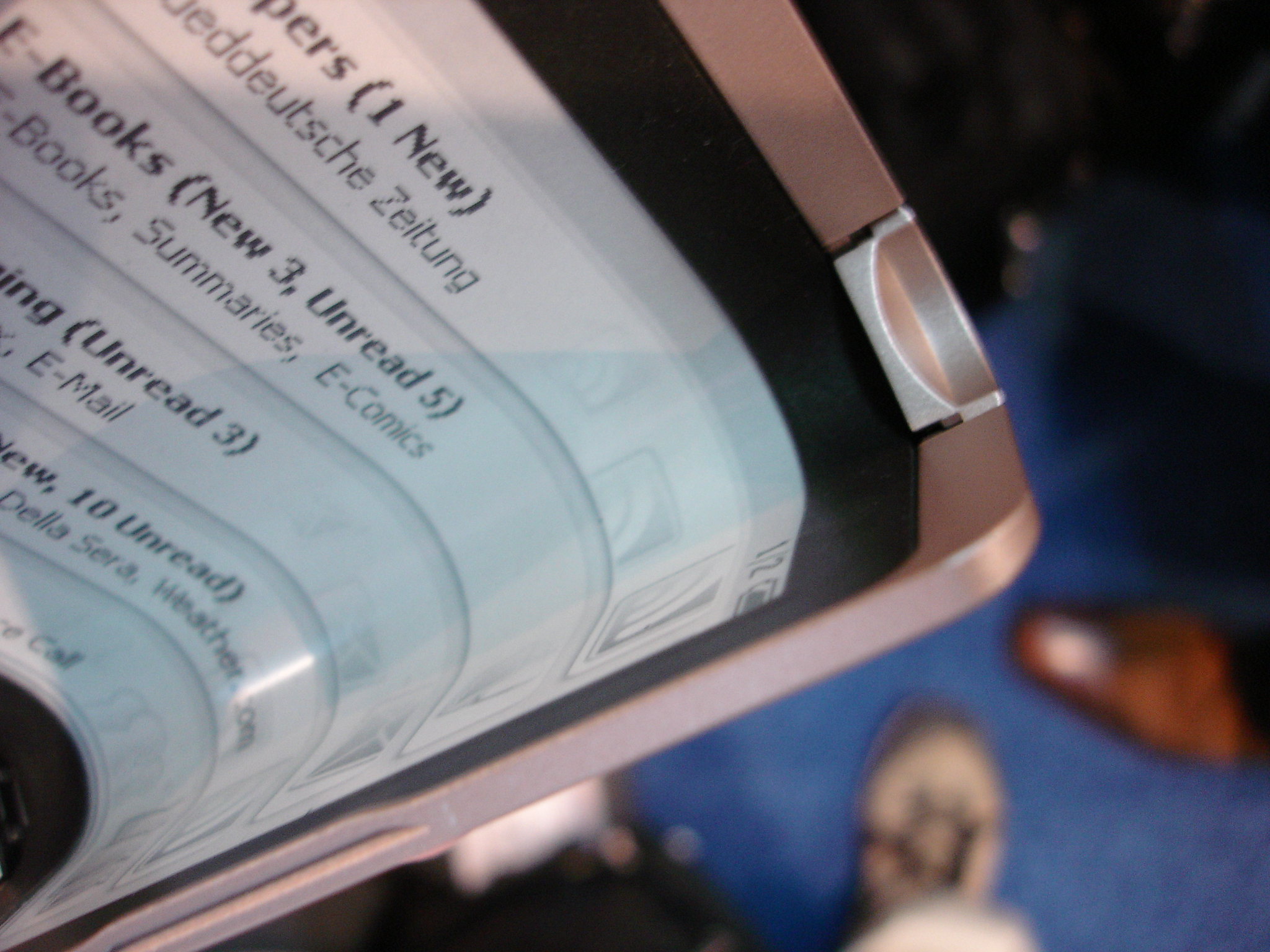In the past few decades, touchscreens have become an integral part of our daily lives, revolutionizing how we interact with technology. From smartphones to tablets, these intuitive interfaces have transformed how we communicate, work, and entertain ourselves. But have you ever wondered how these touchscreens work and how they have evolved? In this article, we will explore the fascinating journey of smartphone touchscreens, from their early developments to the cutting-edge technologies of today.
Resistive Touchscreens

The first touchscreens were resistive, which relied on pressure-sensitive layers to detect touch. Composed of two conductive layers separated by a small gap, these screens registered touch when pressure caused the layers to make contact. While resistive touchscreens were effective, they lacked precision and were prone to wear and tear.
Capacitive Touchscreens
The introduction of capacitive touchscreens marked a significant advancement in touchscreen technology. Instead of relying on pressure, these screens detected touch through the electrical properties of the human body. Capacitive touchscreens comprise a glass panel coated with a transparent conductor, such as indium tin oxide (ITO). When a finger touches the screen, it disrupts the screen’s electrostatic field, allowing the device to determine the touch location accurately.

Multi-Touch Technology

One of the most significant breakthroughs in touchscreen technology was the development of multi-touch functionality. This innovation enabled users to perform gestures like pinch-to-zoom and swipe, enhancing the overall user experience. Multi-touch screens employ a grid of capacitive sensors that detect multiple touch points simultaneously, enabling complex interactions and gestures.
Projected Capacitive Touchscreens
Projected capacitive touchscreens, commonly found in modern smartphones, utilize a more advanced version of capacitive technology. These screens feature a grid of micro-fine wires embedded in the glass panel, creating an electrostatic field. When a finger approaches the screen, it alters the capacitance at specific points, allowing the device to track the touch location precisely. Projected capacitive touchscreens offer excellent responsiveness, durability, and multi-touch capabilities.

In-Display Fingerprint Sensors

As smartphones strive for sleeker designs and larger screens, manufacturers have integrated fingerprint sensors directly into the display. These sensors use ultrasonic or optical technology to capture the unique patterns of a user’s fingerprint through the touchscreen. By eliminating the need for a physical home button or a separate fingerprint sensor, in-display fingerprint technology enhances convenience and aesthetics.
AMOLED and OLED Displays
While not directly related to touchscreens, the development of AMOLED (Active-Matrix Organic Light-Emitting Diode) and OLED (Organic Light-Emitting Diode) displays has significantly impacted the visual quality of smartphone touchscreens. These displays offer vibrant colors, deep blacks, and high contrast ratios, enhancing the user experience.

Haptic Feedback

To provide a more immersive and tactile experience, modern touchscreens incorporate haptic feedback technology. Haptic feedback simulates the sensation of physical buttons or textures through vibrations or other tactile responses. This technology enhances user interaction by providing tactile confirmation for touch inputs, making the touchscreen experience more engaging and intuitive.
Foldable and Flexible Displays
The latest frontier in smartphone touchscreen technology is the development of foldable and flexible displays. These screens utilize innovative materials and engineering techniques to create screens that can bend or fold without compromising functionality. Foldable displays offer users the flexibility to switch between a smartphone and tablet-like form factor, expanding the possibilities of touch-based interactions.

Conclusion
The evolution of smartphone touchscreens has been a remarkable journey, from the early resistive screens to the advanced technologies of today. Capacitive touchscreens revolutionized how we interact with our devices, enabling intuitive gestures and multi-touch functionality. Integrating in-display fingerprint sensors, AMOLED/OLED displays, haptic feedback, and foldable screens has further enhanced the user experience, making touchscreens an indispensable part of our daily lives. As technology advances, we can expect even more exciting developments in smartphone touchscreen technology, further blurring the line between the digital and physical worlds.
References
- Computer Hope. (2023, September 12). Touch screen. Computer Hope. https://www.computerhope.com/jargon/t/toucscre.htm
- Johnson, E. A. (1965). Touch display—A novel input/output device for computers. Electronics Letters, 1(8), 219. https://doi.org/10.1049/el:19650200
- Walker, G. (2012). A review of technologies for sensing contact location on the surface of a display. Journal of the Society for Information Display, 20(8), 413–440. https://doi.org/10.1002/jsid.100











